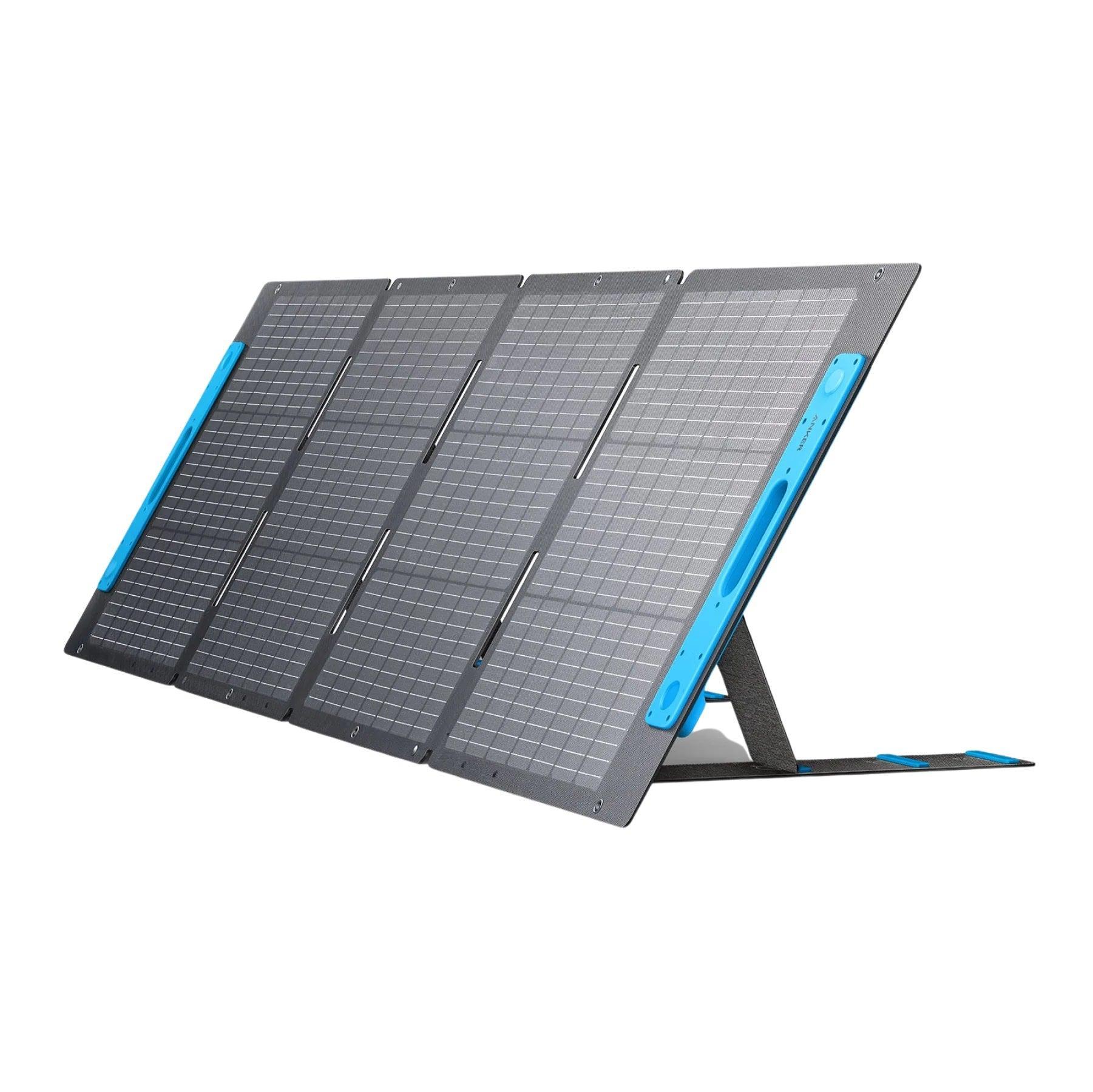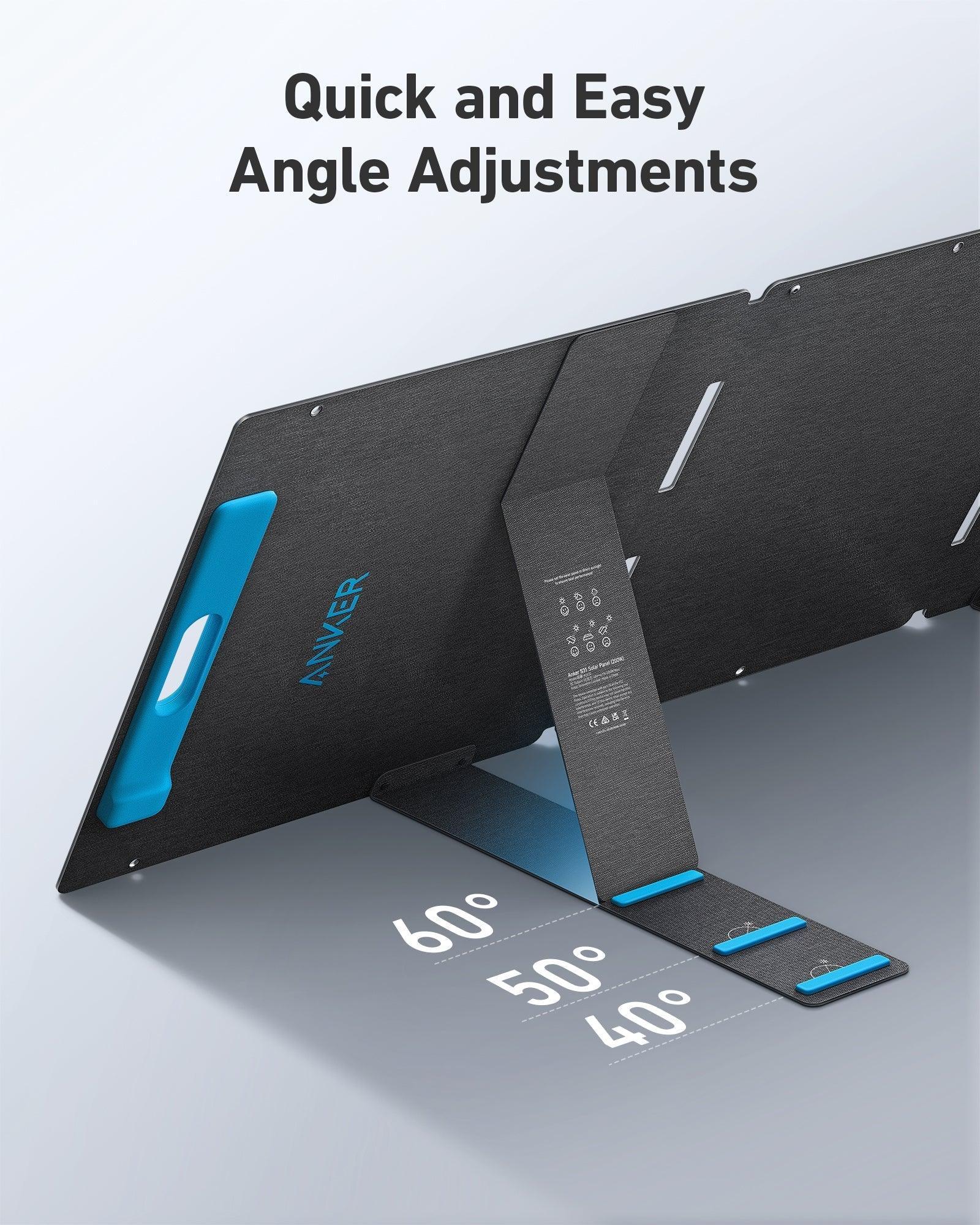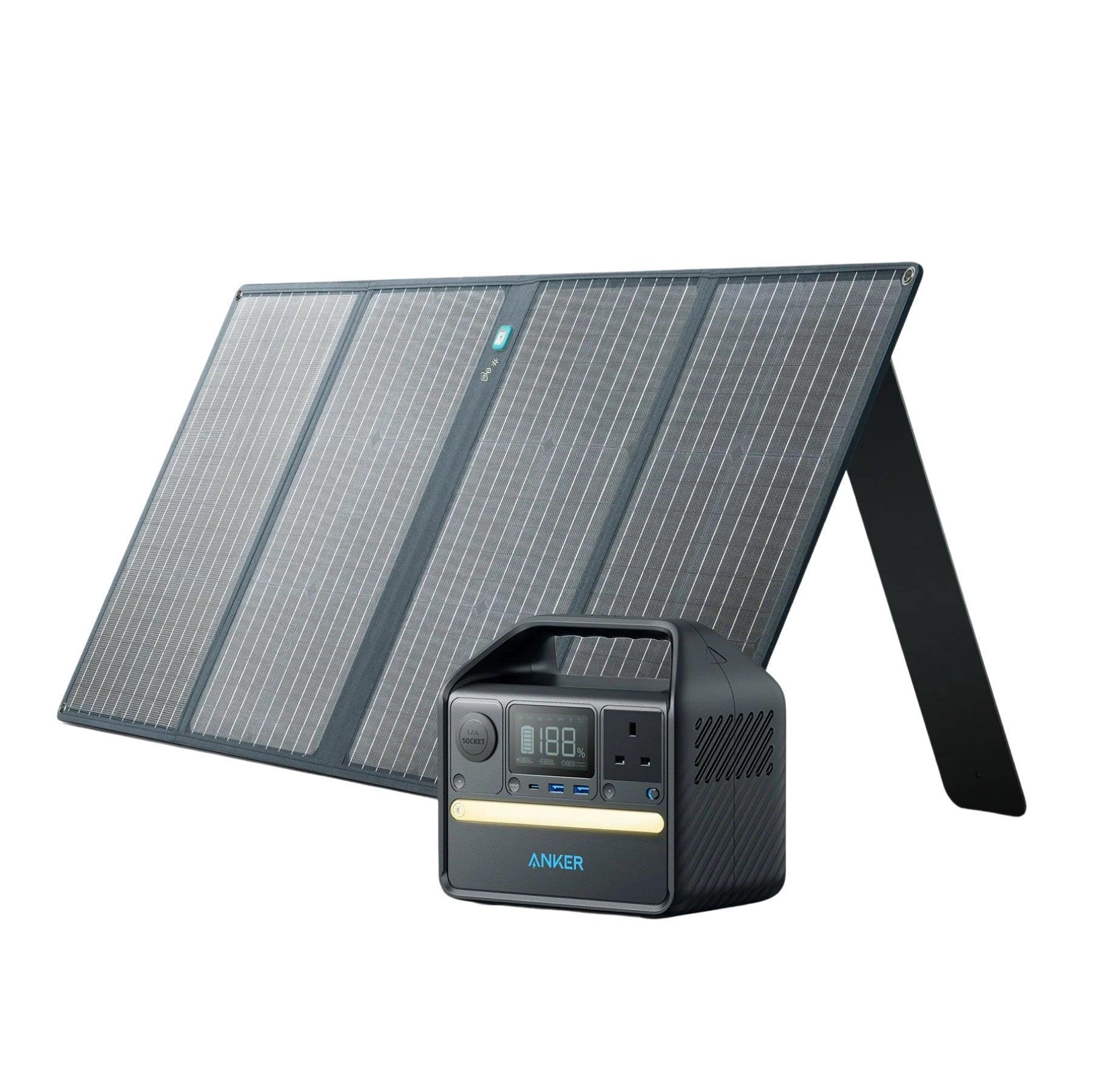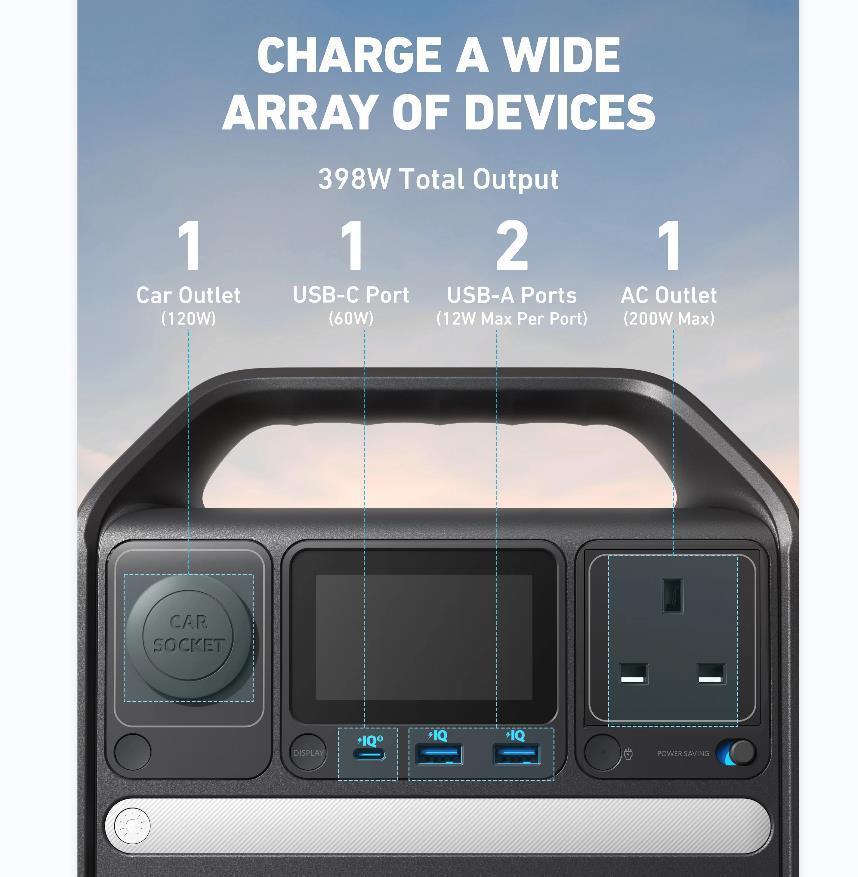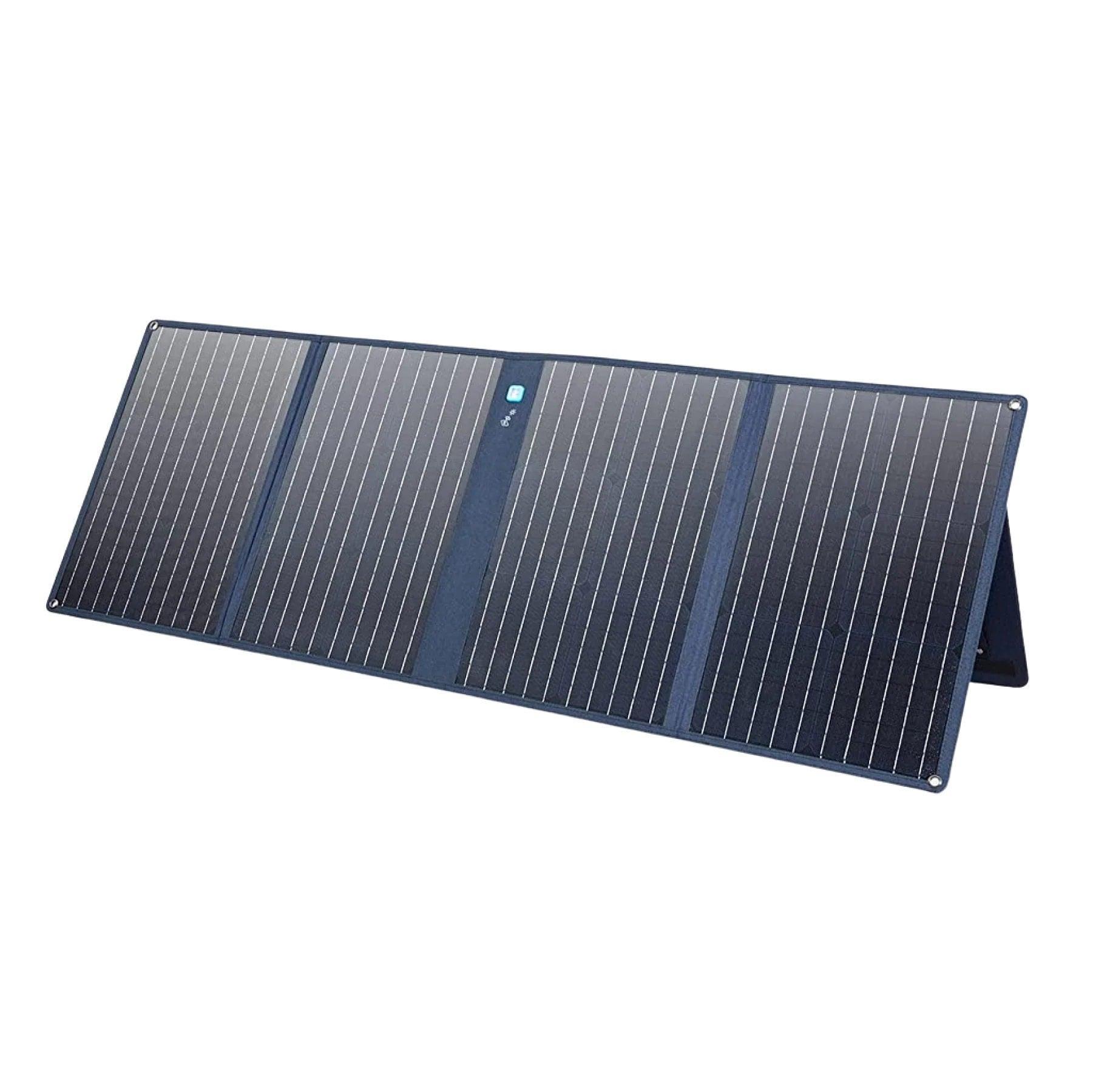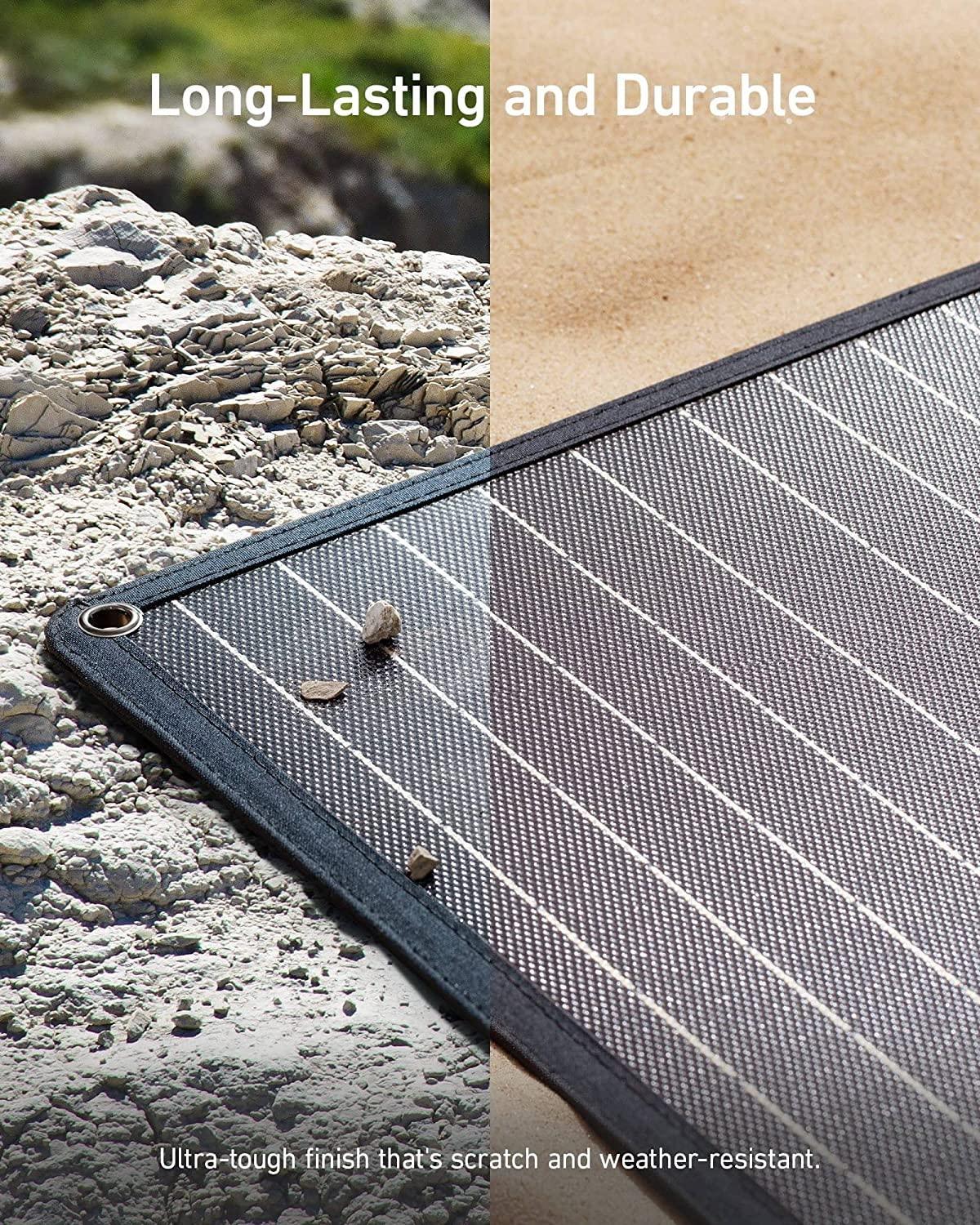Solar panels have become a popular choice for harnessing renewable energy. Understanding the size and weight of solar panels is crucial when considering their installation, whether it's for residential or portable use because solar panel size directly affects how much power they can generate while their weight impacts the type of mounting system needed for installation. In this comprehensive guide, we will answer questions related to solar panel size and weight so that you are well-prepared for taking a leap towards clean energy generation!

How Big Is a Solar Panel?
Solar panels come in various sizes, and solar panel dimensions can vary depending on factors such as application, manufacturer, and technology. Let's explore different aspects related to the size of solar panels.
What Are Standard Solar Panel Sizes?
Standard solar panel sizes can vary depending on the type and manufacturer. However, on solar panel size chart, the most commonly used solar panels for residential and commercial installations have dimensions of approximately 65 inches by 39 inches. These dimensions are for a standard 60-cell solar panel, which is widely used in the industry.
The typical power output of a standard 60-cell solar panel ranges from 270 watts to 360 watts, with variations depending on the specific model and technology used.
For larger-scale installations or utility projects, there are also larger solar panels available. These panels, often referred to as 72-cell panels, have dimensions of around 77 inches by 39 inches. They generally have higher power outputs, ranging from 360 watts to 450 watts.

How Big Is the Average Solar Array?
The size of an average solar array for an American family depends on their energy consumption and available roof space. On average, a residential solar array in the United States consists of 20 to 30 solar panels. This is sufficient to generate enough electricity to meet the needs of an average American family.
How Big Is a Portable Solar Panel?
Portable solar panels are designed for mobility and ease of use. They are typically smaller and more compact compared to residential solar panels for easy transport and use in outdoor activities such as camping, hiking, or charging small electronic devices on the go.
The portable solar panel sizing is often measured in terms of its folded or unfolded dimensions. When folded, the panel is typically more compact and easier to carry. Commonly, portable solar panels have average folded dimensions of about 20 inches by 15 inches.
When unfolded, portable solar panels can expand to expose the solar cells to maximize sunlight absorption. The unfolded dimensions are approximately 80 inches by 40 inches.
It's important to note that the power output of portable solar panels can vary as well, usually ranging from 50 watts to around 200 watts. The size and power output of the panel should be chosen based on your specific needs, such as the devices you plan to charge or the energy requirements of your outdoor activities.
Factors Affecting Solar Panel Size
Several factors can influence the solar panels size:
- Energy Requirements: The amount of energy needed determines the number and size of solar panels required for a specific application. Higher energy requirements may require larger panels or multiple panels.
- Available Space: The available roof or installation space plays a significant role in determining the size and quantity of solar panels that can be installed. Limited space may require the use of smaller panels or alternative installation methods.
- Efficiency: The efficiency of solar panels affects their size. More efficient panels can generate the same amount of energy from a smaller surface area, allowing for smaller panels compared to less efficient ones. So, choosing solar panels like Anker solar panels and EcoFlow solar panels with a higher conversion efficiency of up to 23% will save you a lot of space and money on solar panels.

How Much Do Solar Panels Weigh?
Apart from the solar panel size, considering solar panel weight is crucial, especially when it comes to installation on rooftops or portable applications. Let's explore the weight considerations for both residential and portable solar panels.
Weight of the Average Solar Array
The weight of the average solar array depends on various factors, including the size and number of panels. On average, a solar panel weighs between 40 to 50 pounds (18 to 23 kilograms). Considering the average number of panels for a residential array (20 to 30 panels), the total weight can range from approximately 800 to 1,500 pounds (363 to 680 kilograms). It is important to assess whether your roof can support the weight of the solar array and consult with a professional installer to ensure proper installation and structural integrity.
Weight of the Portable Solar Panel
Not like solar array, portable solar panels are lightweight. Their weight can vary depending on the wattage and construction materials. On average, portable solar panels weigh between 10 to 30 pounds (4.5 to 13.6 kilograms). For example, an Anker solar panel weighs about 5kg, and its lightweight nature allows for convenient mobility and versatility in various outdoor settings.
Conclusion
Understanding the size and weight of solar panels is essential for successful installation and optimal performance. Standard solar panel sizes provide a range of options for residential and commercial installations. Portable solar panels offer mobility and convenience for outdoor activities. Additionally, considering the weight of solar panels is crucial for roof installations and portable applications to ensure structural integrity and portability. By taking these factors into account, you can make informed decisions when choosing the right solar panels for your specific needs.
[ddshopfaq-59440]

